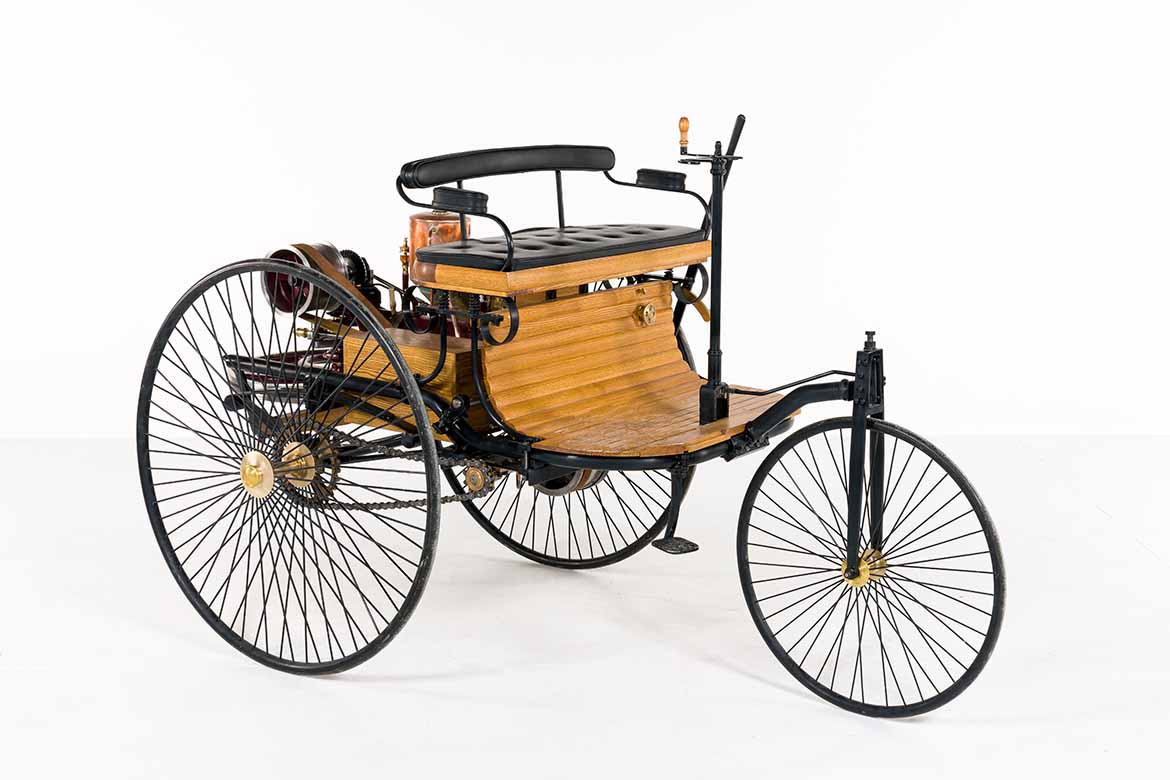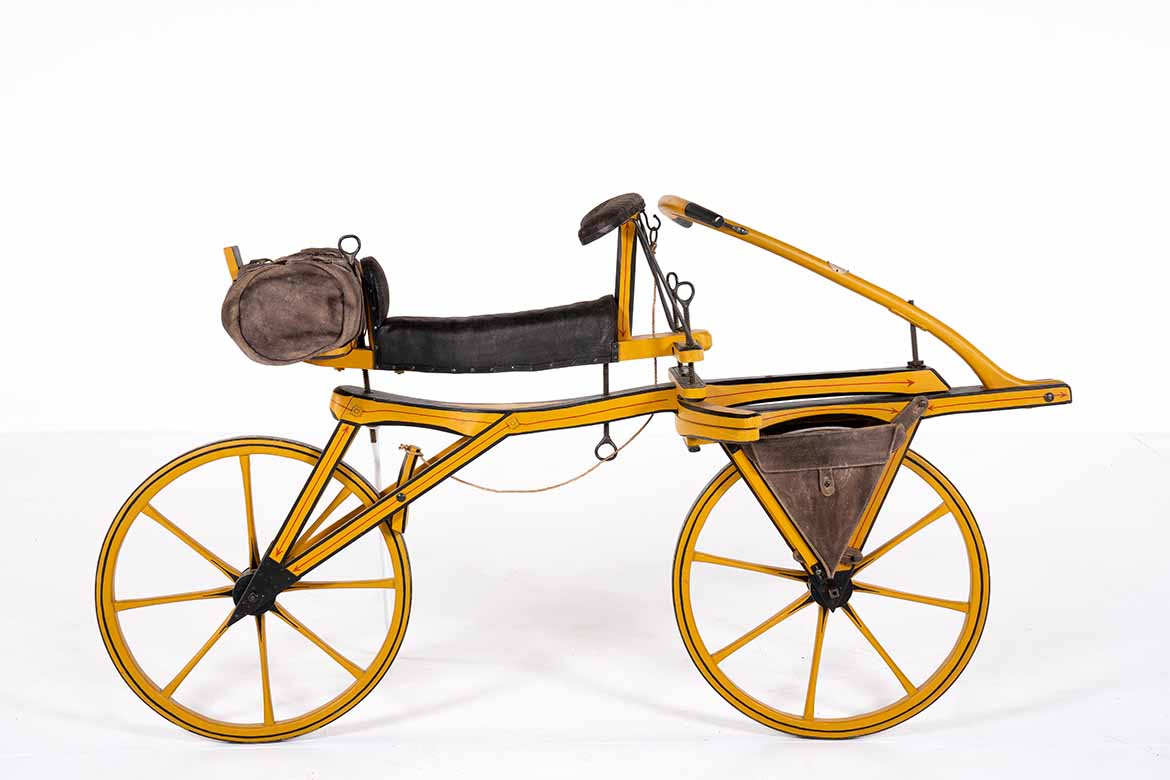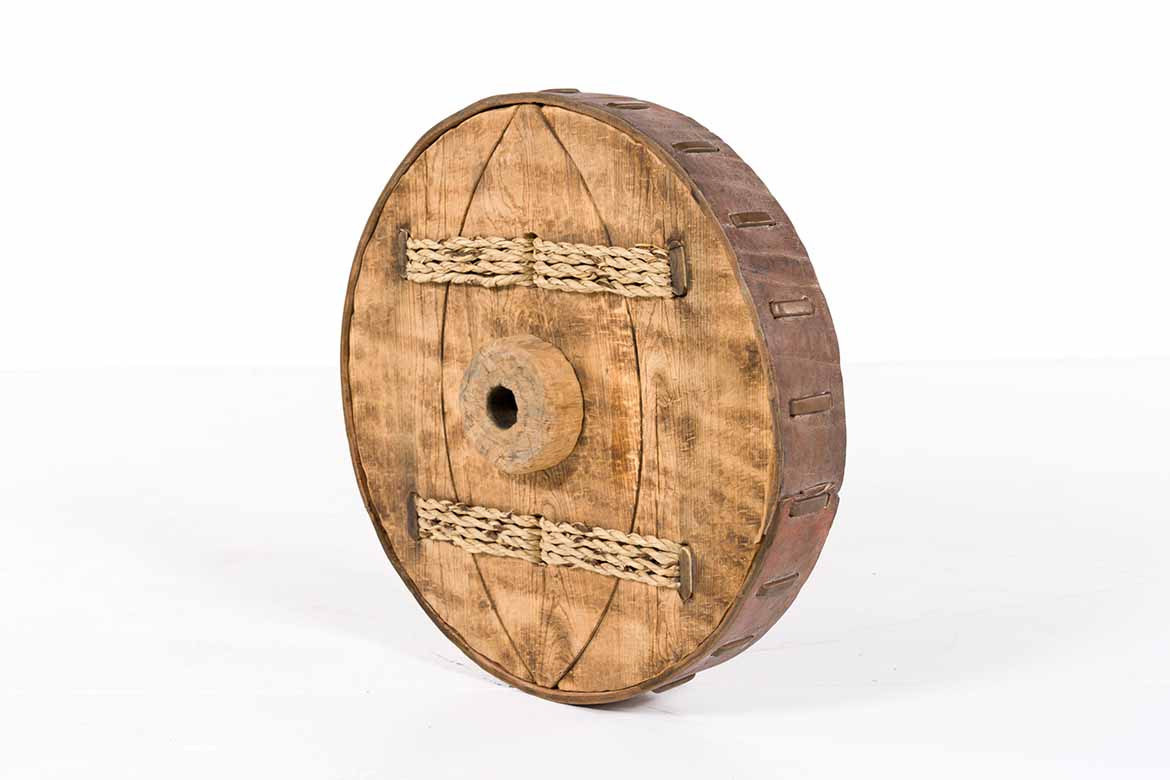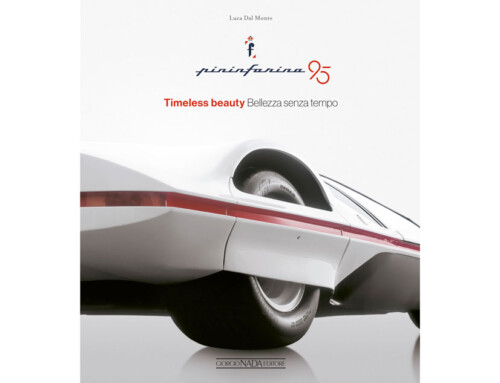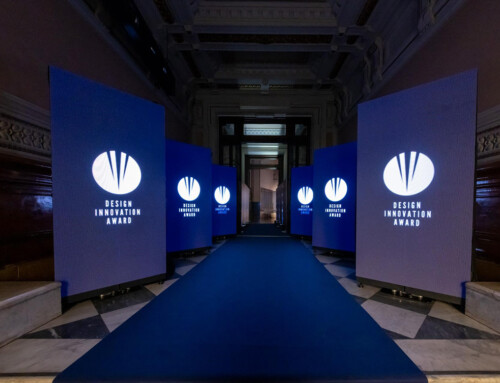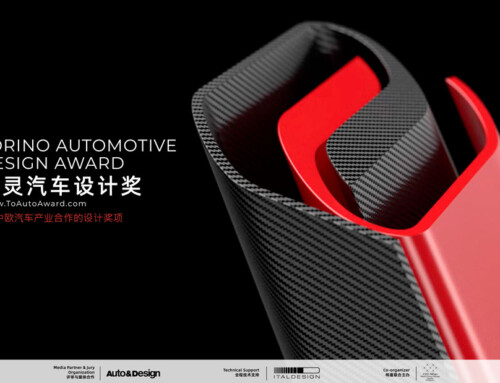From the wheel of the Sumerians in 2500 B.C. to the first automobile in history, the Benz Patent Motorwagen of 1886: these are the first and last stages, across centuries and continents, of the journey among the thirteen models on display, working vehicles and multimedia installations, which will be revived in “Motus. Prehistory of the Automobile” at the Mauto – National Automobile Museum in Turin, until Sept. 25.
The exhibition is the brainchild of Museo Galileo in Florence and the Sidecar Museum in Cingoli, Macerata, Italy, and is curated by Giovanni Di Pasquale, historian of ancient science and technology and deputy scientific director of Museo Galileo, and Costantino Frontalini, director of the Sidecar Museum. It is co-produced by Museo Galileo and Civita Exhibitions and Museums in collaboration with Mauto. The reconstructions are made by the Museo del Sidecar, while the Museo Galileo’s Multimedia Laboratory is responsible for producing the 3D animations and the creative studio camerAnebbia of Milan for the interactive exhibits.
The thirteen exhibits, eleven of which were made by the Sidecar Museum and two original examples from one from the collections of the museum in the Marche region and the other from a private collection, are all in working order, made with attention to the smallest details, using the method used of experimental archaeology, which makes use of the techniques and materials available in the historical period when the vehicles were designed. The exhibition features the main designs that represented a breakthrough in man’s quest for autonomous movement. The prototypes on display all share the commonality of not needing external forces to move, such as, for example, towing animals.

